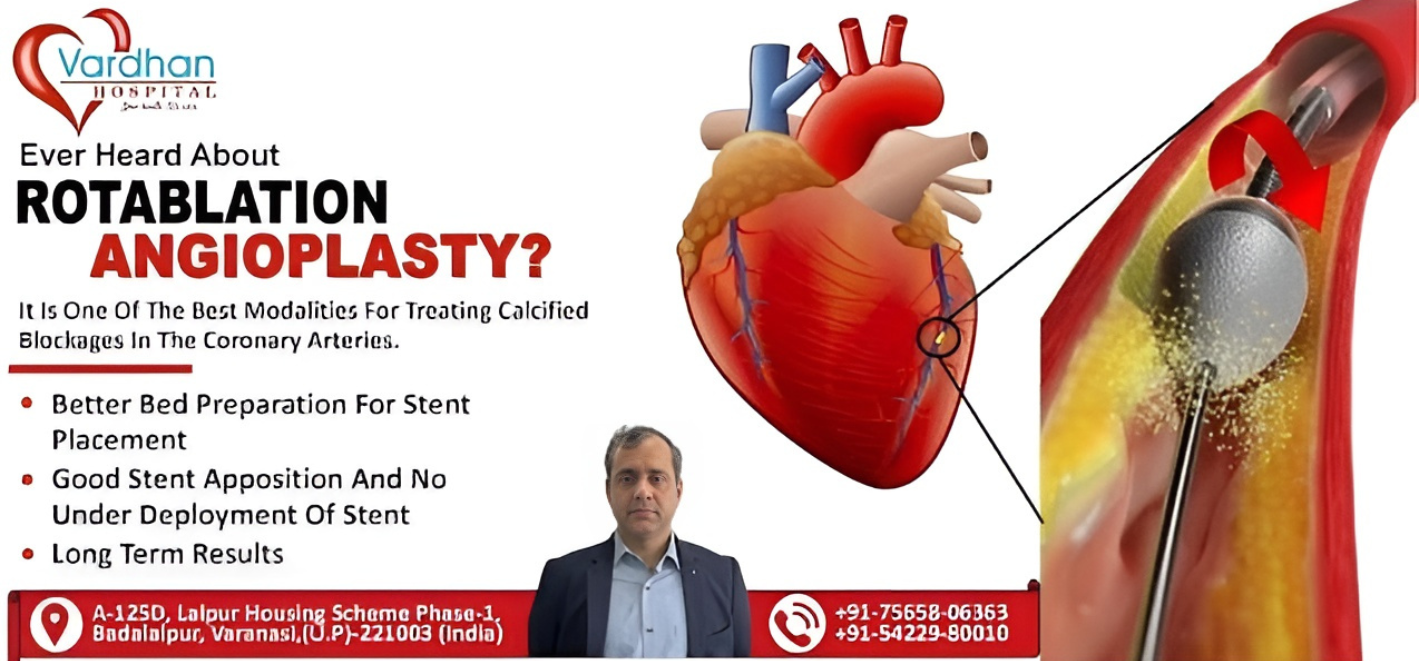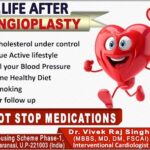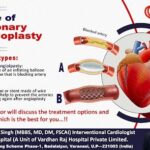Undergoing Rotablation Angioplasty is an advanced procedure used to treat severely calcified blockages in the arteries, restoring normal blood flow to the heart. This technique involves using a tiny rotating drill to break up hardened plaque, making it easier to place stents or perform balloon angioplasty. While the procedure is highly effective, ensuring long-term heart health requires lifestyle changes to prevent future blockages. Following the procedure, it’s crucial to adopt a heart-healthy diet, engage in regular physical activity, and monitor your cholesterol and blood pressure levels. These steps are essential for reducing the risk of complications and promoting a smooth recovery.
Additionally, quitting smoking is one of the most impactful changes you can make after undergoing rotablation angioplasty. Smoking accelerates the damage to your arteries and increases the risk of further blockages. Patients are encouraged to attend regular follow-up appointments with their cardiologist to monitor progress, assess recovery, and address any potential risks. Regular check-ups are key to ensuring long-term success post-angioplasty.
Medications are also an integral part of your recovery process. Stopping your prescribed medications, such as blood thinners, cholesterol-lowering drugs, or blood pressure medications, can lead to dangerous consequences. It’s crucial to follow your doctor’s recommendations to maintain long-term heart health and prevent future issues.





